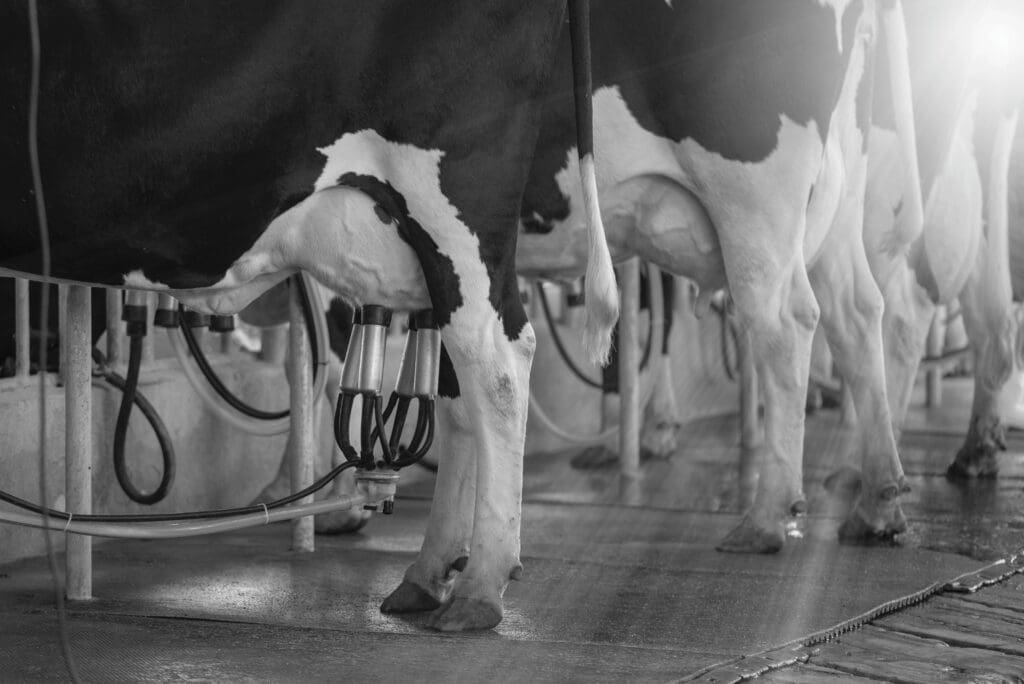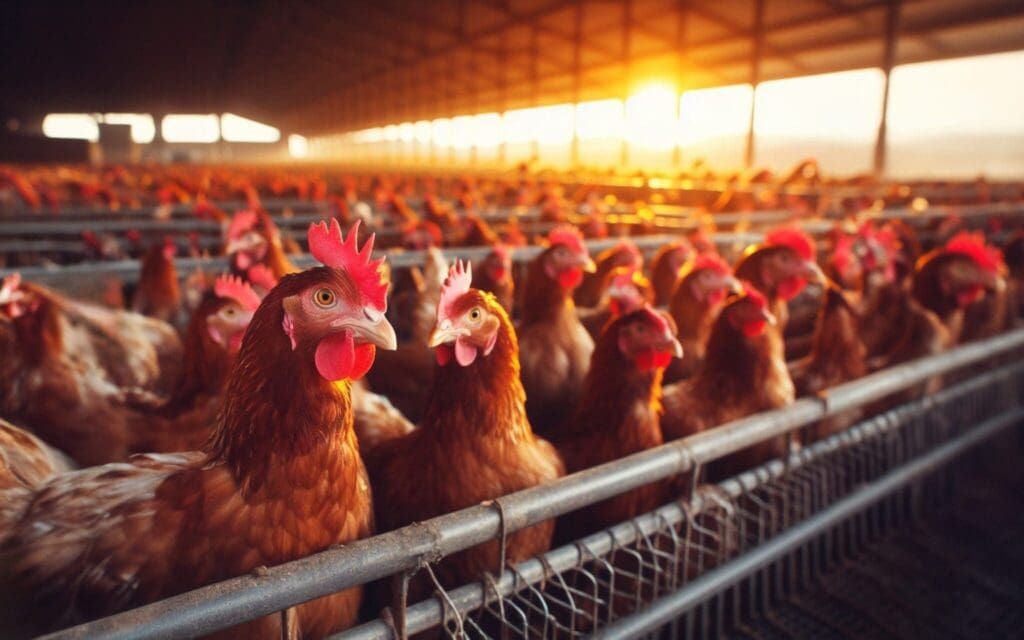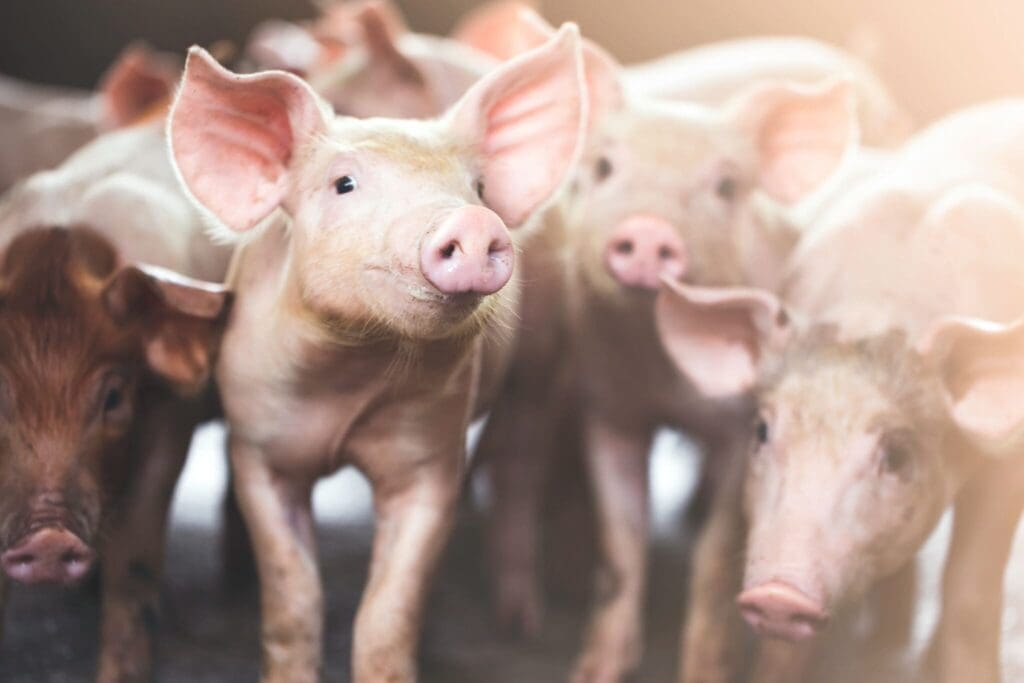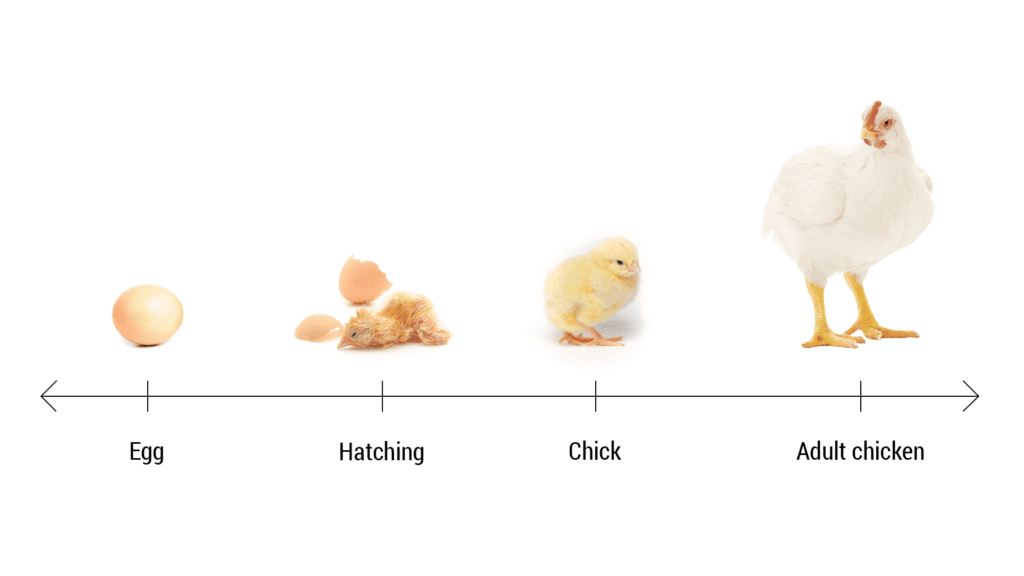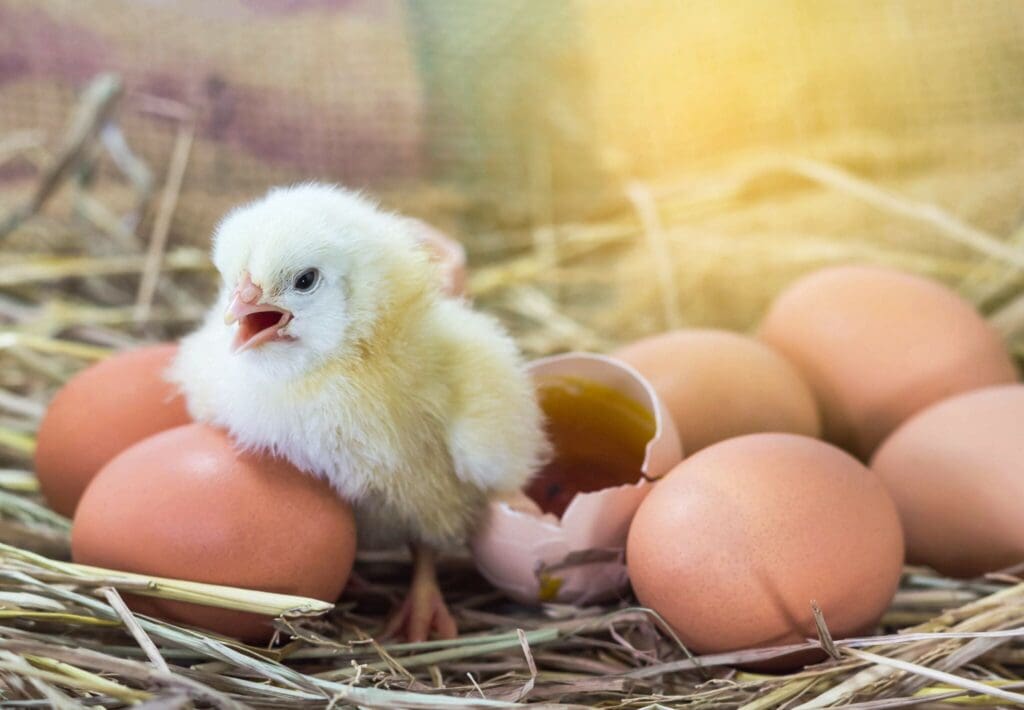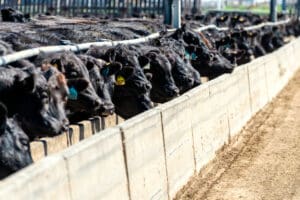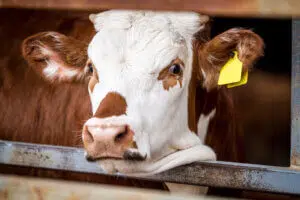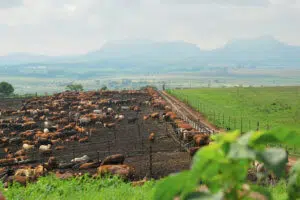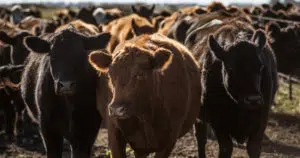Tag Archives: Feedlot
Boost immunity before sending your animals to ‘kindergarten’ (the feedlot)
Feedlot receiver animals go through a period of significant stress when being shipped and then ...
Oct
Feedlot calves: The right start
The management and handling of new calves arriving at a feedlot has a huge influence ...
Mar
Calculating feedlot performance in a carcass-value economy
It has become increasingly apparent that conventional measures of live animal feedlot performance are inadequate ...
Oct
BRD in the feedlot: Prevention is better than cure
When it comes to bovine respiratory disease (BRD) in the feedlot, the old aphorism, “An ...
Aug
The benefits of chromium for ruminants
The key to success in today’s ruminant industry is managing the effects of stress on ...
Mar
